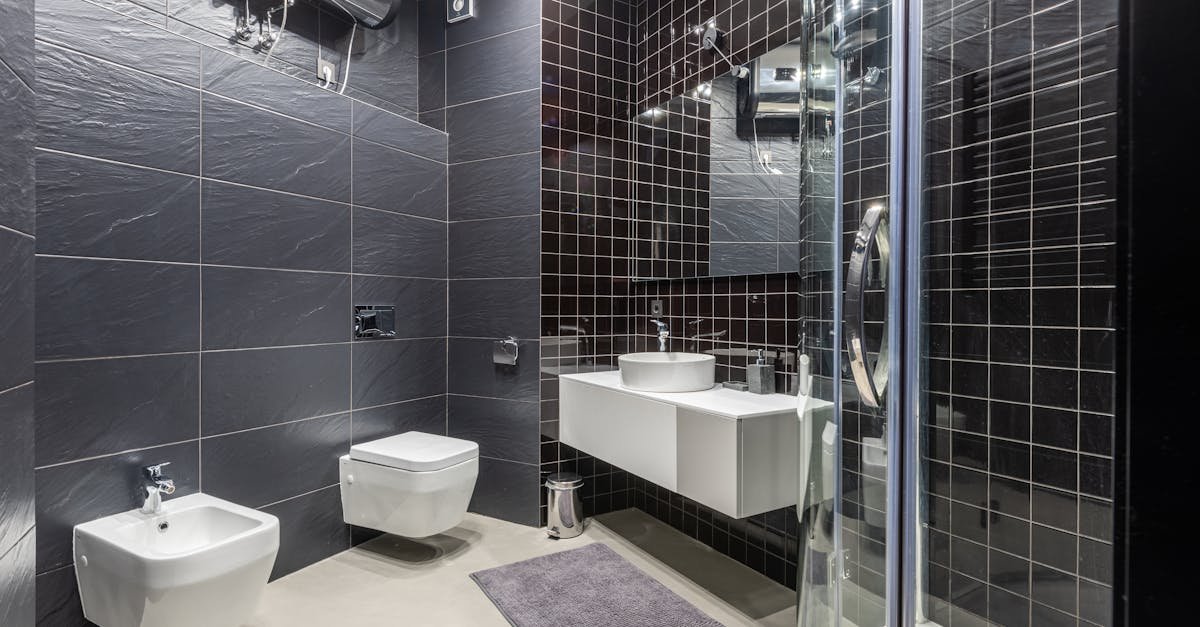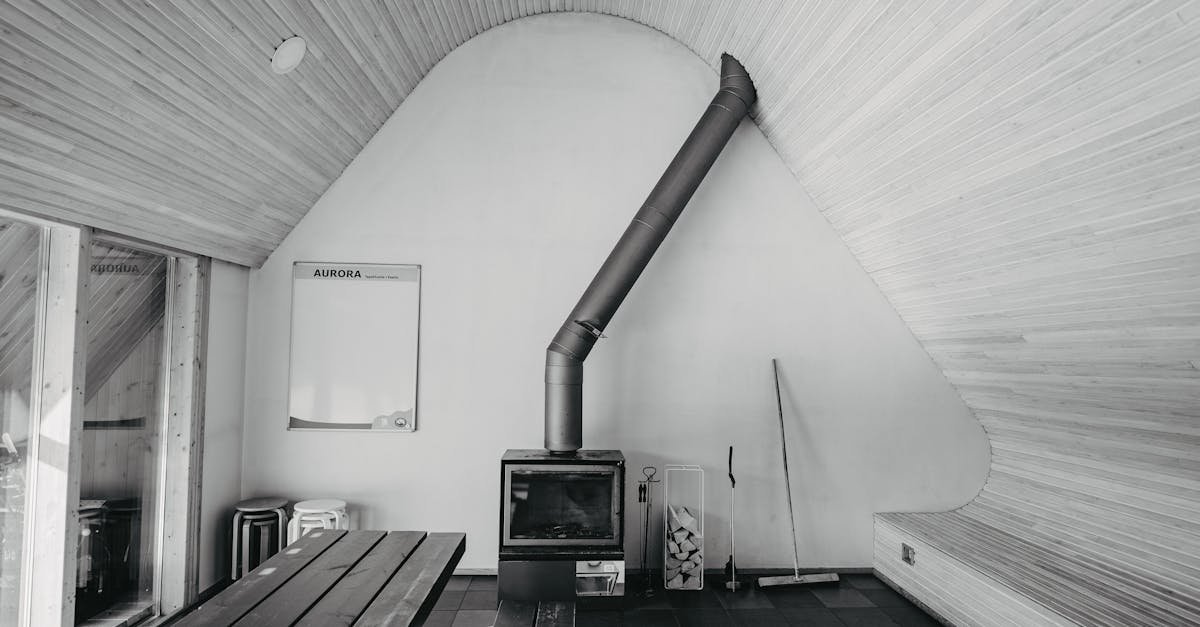When it comes to heating your space, infrared heaters are often more efficient than ceramic heaters. Infrared heaters warm objects and people directly, providing instant heat without needing to warm the air first. This means you feel the warmth right away, making them ideal for quick comfort in cold rooms.
On the other hand, ceramic heaters use a fan to circulate warm air, which can take longer to heat a room. While they’re effective for larger spaces, they might not deliver the same immediate results as infrared options. Understanding these differences can help you choose the right heater for your needs.
Overview of Heating Technologies
Infrared and ceramic heaters are two popular choices for heating spaces. Each technology has its own benefits and applications.
Infrared Heaters
Infrared heaters convert electricity into radiant heat. This radiant heat travels directly to objects and people, instead of warming the air. You’ll feel the warmth instantly when you’re near an infrared heater.
Infrared heaters operate silently. They don’t consume oxygen or produce harmful fumes. This feature makes them safe for indoor use. Energy efficiency is another strong point. Infrared heaters target specific areas, minimizing energy loss.
Ceramic Heaters
Ceramic heaters rely on resistive heating. An electric current passes through a ceramic plate, generating heat. A fan then circulates the warm air throughout the room. This process heats the space, but it might take longer compared to infrared heaters.
Ceramic heaters are effective for larger areas. They offer consistent heat and can maintain a comfortable temperature over time. While they may take longer to kick in, the steady warmth can be beneficial in some settings.
Understanding both heating technologies helps you choose the right one for your needs.
Infrared Heaters
Infrared heaters offer a unique approach to warmth. They convert electricity into radiant heat, directly warming you and your surroundings without heating the air.
How Infrared Heaters Work
Infrared heaters function by using a coiled wire heating element, usually made of an iron-chromium-aluminum alloy. This element is commonly contained within a quartz tube or wrapped around it. Quartz allows infrared energy to pass through, delivering heat directly to objects. Because of this, heat isn’t lost to the air, making infrared heating efficient and effective.
Advantages of Infrared Heaters
Infrared heaters come with notable advantages:
- Energy Efficiency: They heat objects and people directly, resulting in lower energy costs.
- Instant Warmth: You feel warmth immediately upon switching it on.
- Silent Operation: Infrared heaters operate quietly, avoiding distracting noise.
- No Air Drying: They do not deplete oxygen or produce harmful fumes, keeping the air fresh.
- Targeted Heating: You can focus warmth on specific areas, minimizing energy waste.
- Limited Range: They don’t heat large spaces evenly, focusing heat in direct sight lines.
- Burn Risk: Surfaces can get quite hot, posing a burn risk if touched.
- No Air Circulation: They don’t distribute heated air like ceramic heaters, potentially leaving some areas cooler.
Ceramic Heaters
Ceramic heaters provide efficient and effective space heating. They use resistive heating to generate warmth, making them popular in many homes.
How Ceramic Heaters Work
Ceramic heaters operate through resistive heating. A length of resistive wire, often made of iron-chromium-aluminum alloy, is embedded in a ceramic structure. As electric current flows through the wire, it heats up due to resistance. The ceramic absorbs this heat and re-radiates it, creating warmth. Also, many ceramic heaters include a built-in fan. This fan helps blow heated air into the room, ensuring even heat distribution.
Advantages of Ceramic Heaters
- Consistent Warmth: Ceramic heaters provide steady, consistent heat that warms the room over time.
- Versatile Usage: They are effective for larger areas, making them suitable for various spaces.
- Safety Features: Many ceramic heaters come with built-in safety features such as tip-over protection and overheat shut-off, minimizing risks.
- Whisper-Quiet Operation: Unlike some heating systems, ceramic heaters operate quietly, creating a comfortable atmosphere without noise.
- Slower Warm-Up Time: Ceramic heaters take longer to heat a space compared to infrared heaters.
- Less Direct Heating: They heat the air in the room rather than directly warming objects or people, which can feel less immediate.
- Energy Consumption: While they provide consistent warmth, ceramic heaters can consume more energy over extended periods, leading to higher energy bills.
Infrared vs Ceramic Heaters: A Comparison
Infrared and ceramic heaters serve distinct purposes in space heating. Understanding their differences helps you choose the right option for your needs.
Efficiency and Performance
Infrared heaters convert electricity into radiant heat. This heat warms objects and people directly, not the air. As a result, these heaters work quickly and efficiently. You notice warmth almost instantly when you use one. They emit far infrared radiation, similar to body heat. This quality makes them comfortable, especially in spaces with standard ceiling heights up to 2.7m.
Ceramic heaters function using resistive heating. An electric current passes through a ceramic plate, generating heat. A fan then distributes that heat evenly across the room. While ceramic heaters provide consistent warmth, they heat the air gradually, taking longer to reach the desired temperature.
Cost and Maintenance
Infrared heaters tend to be more energy-efficient, leading to lower electricity bills. You save more over time with efficient energy usage, especially in smaller spaces. But, upfront costs for infrared heaters may be higher compared to ceramic heaters.
Ceramic heaters may cost less initially. Yet, their longer heating times may lead to higher energy usage. Maintenance needs are minimal for both types, though infrared heaters require periodic inspection of their heating elements. Ceramic heaters usually need dusting to ensure proper airflow.
Safety Features
Safety features differ between the two heater types. Infrared heaters operate without producing harmful fumes and do not consume oxygen. But, they can have hot surfaces, posing burn risks.
Ceramic heaters include safety features like tip-over protection and overheat shut-off. These features provide reassurance during use. Both types operate quietly, contributing to a comfortable indoor environment.
Conclusion
Choosing between infrared and ceramic heaters eventually depends on your specific needs and preferences. If you want instant warmth and energy efficiency in targeted areas infrared heaters may be the better option. On the other hand if you prefer consistent warmth for larger spaces and added safety features ceramic heaters might suit you more.
Consider factors like heating speed energy consumption and safety when making your decision. Understanding these differences will help you select the right heater for your home ensuring comfort and efficiency throughout the colder months. No matter which type you choose both can create a cozy atmosphere while keeping your space warm.








